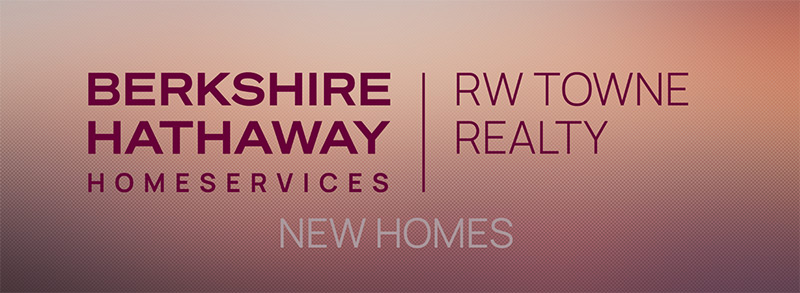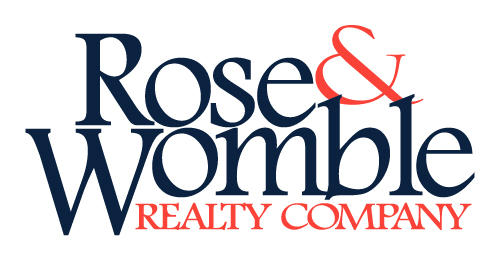by Terry Gearhart, Residential Data Bank
Small volume builders are taking a big bite out of the Southside detached home market traditionally controlled by the large tract builders.Yet, from January 2015 – March 2015, large volume detached builders accounted for 142 closings. In aggregate, small volume builders – building on infill lots and tear-downs – accounted for 166 closings, or well over 55% of the detached new homes market.
Don’t know who some of the prominent small home builders are? Here are just a few:
- EDC Homes was #1
- Wetherington Homes #11
- DB Colby #14
- PDiddy #25
How are they doing it? By appealing to people who want the benefits of new construction combined with the “predictability” of an established neighborhood. These houses are at prices typically under what a buyer could purchase in most traditional new homes communities that offer homes of similar sizes and features. One key to these smaller builder’s success is land. At a time when most single family development lots seem to be coming to market in the $100,000 to $125,000 range, these infill and tear-down lot acquisitions are bargain basement by comparison.
Let’s look at a recent EDC Homes closing at 3608 Debree Avenue in Virginia Place in West Norfolk (MLS #1501085). The home was substantially finished and listed in January, sold in 30 days and closed 30 days later. It was 2288 square foot, 4 bedroom, 2.5 baths on a crawl space with a 2-car garage, large fenced yard and no HOA fee. Finishes included hardwood in the kitchen, granite countertops in the kitchen and baths and stainless steel appliances. It sold at 100% of list price for $249,900, or $109.22/sq. ft. The market for most new construction in traditional tract communities tends to range from $128 – $144/sq. ft. Researching the land records was a bit incomplete, but the assessment on this lot was $40,300. So assuming that was close to the acquisition price, EDC ended up with a lot ratio of 16% and likely a combination of developed lot cost + sticks and bricks probably not exceeding 73%. That’s a decent gross margin to cover commissions, closing cost assistance, and marketing.
Where do the large volume builders still hold the advantage? They can create new communities more in tune with the needs of today’s buyers – well landscaped and with many amenities. They have the comps within their own neighborhoods that will help sustain values over time versus the potential threat of nearby distressed sales often endemic in older, less expensive communities. They typically have a more effective marketing plan and well-trained, on-site agents making it easier for the public to find and buy their homes. In broad terms, large volume builders will still rule the market place for a lot of good reasons. But by understanding how these smaller volume builders are carving out their own niche, it may point to opportunities that may have been previously passed over.



